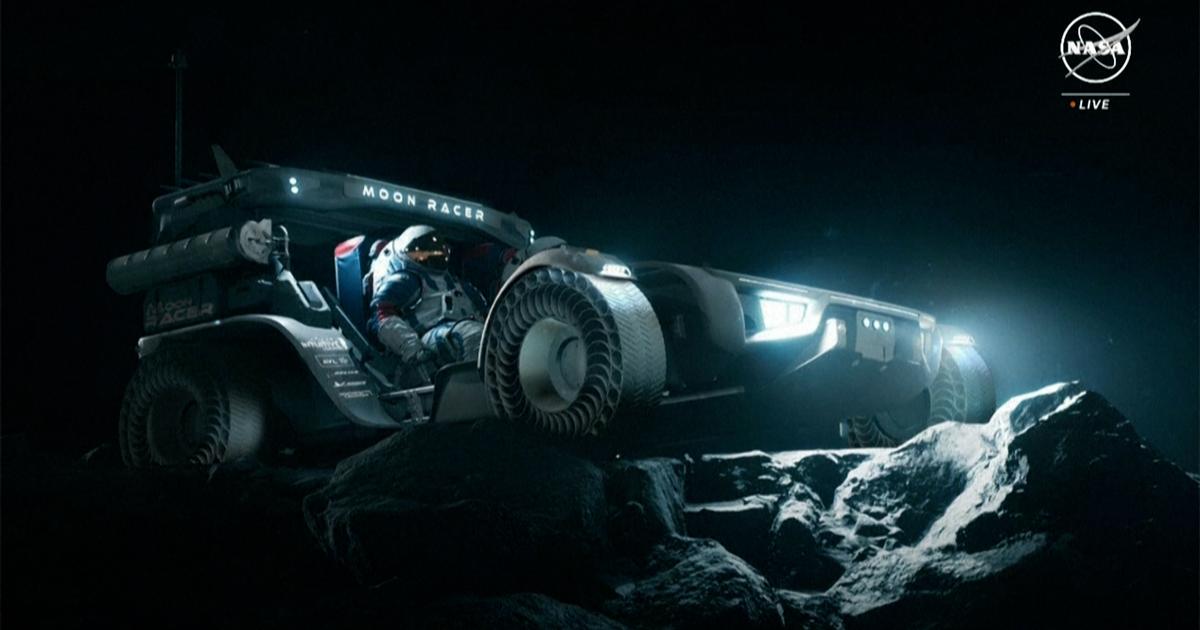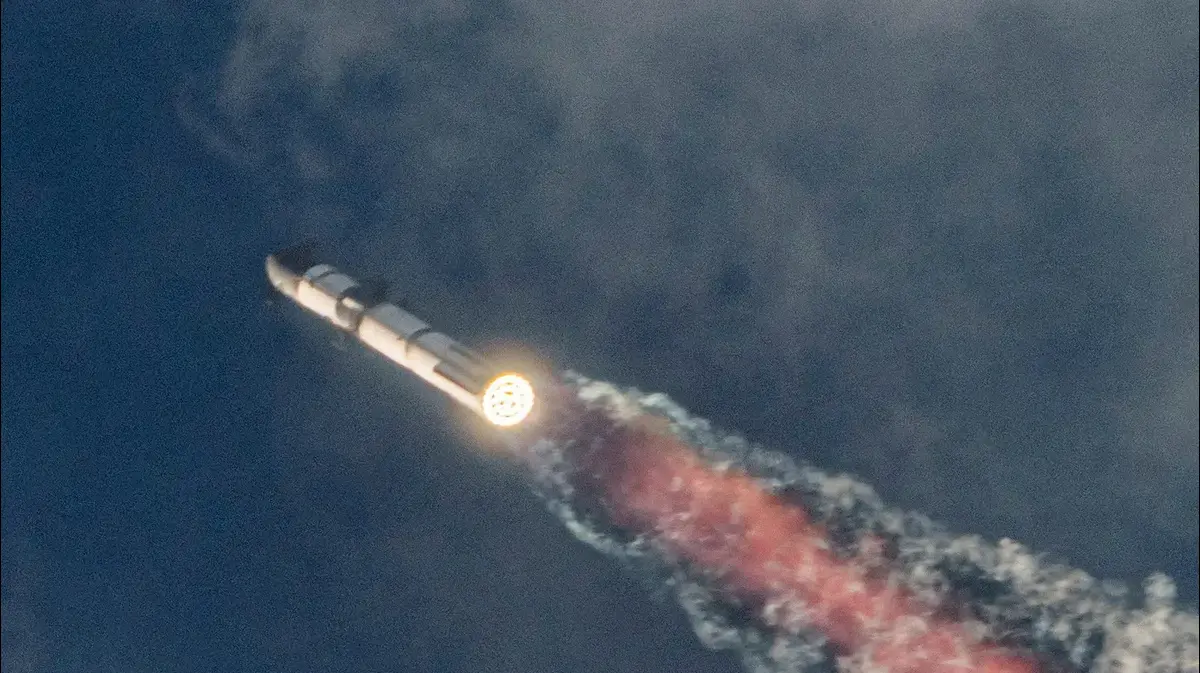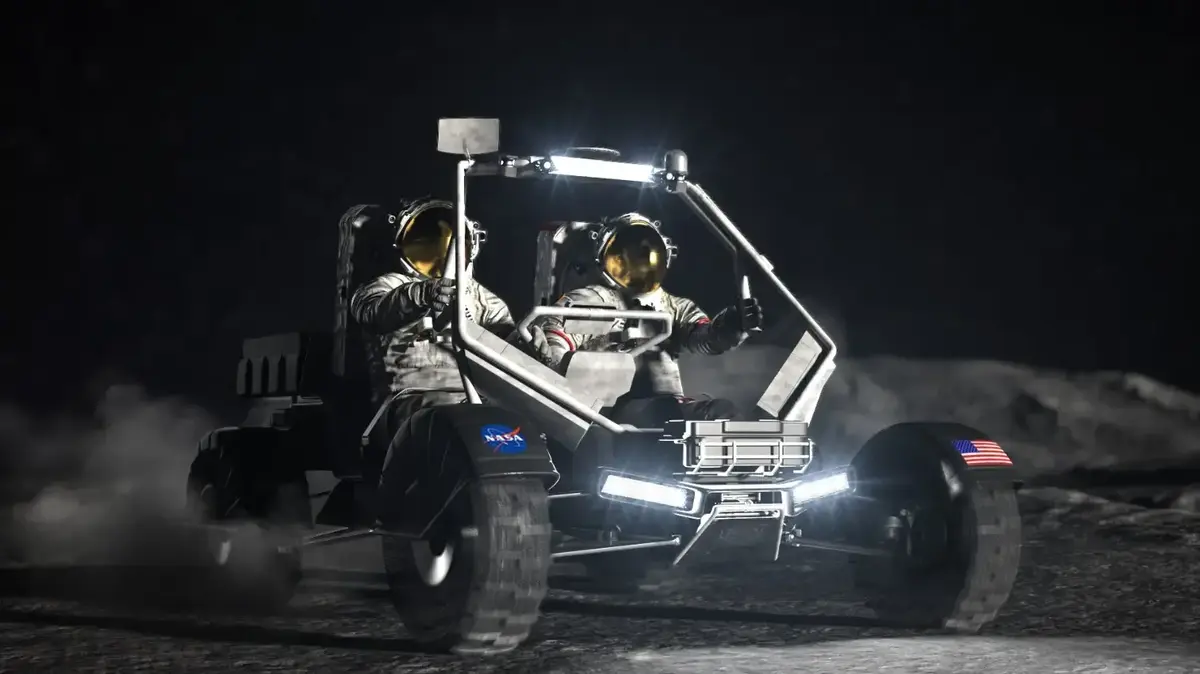Marcelo bellucci
10/26/2020 19:30
Clarín.com
Society
Updated 10/26/2020 7:42 PM
In the
Clavius
crater
-the same where the selenite base of the movie 2001: A Space Odyssey was located- NASA confirmed the presence of water molecules, on the face of the Moon that is illuminated by the Sun. In charge of this measurement is the Stratospheric Observatory for Infrared Astronomy (SOFIA) carried by a Boeing 747 aircraft modified for the occasion.
The person in charge of analyzing the data from this telescope plane was Casey Honniball, a researcher at NASA's Goddard Space Flight Center in Maryland.
Together with his team he was able to detect a mark corresponding to water in the infrared radiation spectrum.
This finding
substantially increases the area
of the Moon with the capacity to trap this liquid, considered a key ingredient of life as we know it.
“It is important to take advantage of this liquid that is on the lunar surface
for future manned missions
.
It is considered an
indispensable resource
for the permanence of human beings in space.
Not only to hydrate, but also as a possible energy storage (through the separation of hydrogen and oxygen by electrolysis), as a stabilizer for the temperature in surface habitats and even
possible crops for future settlements
”,
Alejandro S. Borlaff
told
Clarín
, a NASA postdoctoral fellow at the Ames Research Center in California.
Based on the study of the spectra, levels of hydration had already been detected on the Moon.
But, given the frequency with which the marks had been seen, it was not possible to determine whether it was water (H2O) or its chemical relative, hydroxyl (OH).
The proportion of each was also unknown.
Traditionally, water is expected to be found in craters near the Moon's poles, where light never reaches.
This was confirmed and indeed in those places of permanent shade there is
abundant water ice
.
Alejandro S. Borlaff, a NASA postdoctoral fellow at the Ames Research Center in California.
"This study shows that trapped water would exist in the glass of the regolith at low latitudes. How much? On average, about
0.0007 g of water for every gram of glass
. This water would be released only when a meteorite impact breaks these glasses. The novelty of the article is a bit of confirmation that the materials in the equatorial zones of the Moon are more hydrated than previously thought and this raises the question
, Why is that water there?
", Asks Mauro Spagnolo, planetary geologist ( UBA-CONICET) Institute of Andean Studies.
"It is not due to an internal process or because the moon is active - Spagnolo clarifies - but it is water that
would be formed by the impact of micrometeorites
".
Data from this location reveal water in concentrations of
100 to 412 parts per million
.
This is equivalent to a one-third-liter bottle of water, trapped in a cubic meter of soil, spread across the surface.
The results are published in the latest issue of Nature Astronomy.
SOFIA travels inside a modified Boeing 747 to be able to move its telescope.
For comparison, the Sahara desert has
100 times
the amount of water SOFIA detected in the lunar soil.
Despite the small amounts, the discovery raises new questions about how water is created and how it persists on the harsh, airless lunar surface.
“We believe that this water comes from meteorites that hit the Moon, carrying small amounts inside it in each of these impacts.
Similar processes took place to bring water to Earth
.
However, there are other options, such as the formation of water directly on the surface by the action of the solar wind and chemical reactions, ”says Borlaff.
The possibility of water accumulating also raises some questions.
The water could be trapped in small structures in the ground in the form of holes that are formed from the high heat generated by the impacts of these micrometeorites.
Another possibility is that the water may be
hidden between the grains of lunar soil and protected from sunlight
, which could make it a bit more accessible than if it were trapped.
View of the SOFIA telescope from inside the Boeing 747.
Crossing data with NASA's Lunar Reconnaissance Orbiter spacecraft, the team focused on the so-called cold traps on the Moon, regions that exist in a state of perpetual darkness where temperatures are below 163 degrees.
Some of these traps are believed to have evaded the sun for billions of years.
"Thanks to the Lunar Reconnaissance Orbiter we know that the Moon had water under its surface, but this could be impossible to reach by future Artemis missions - with which NASA plans to bring humans to the satellite again.
Now we know that there is water in the upper layers, perhaps in the shadow of the most superficial grains of lunar dust and this is the great news ”, emphasizes Borlaff.
Lunar activity
Although many speculate that the Moon is a cold, dead piece of rock floating around us, the truth is that it may
not be that simple
.
Geologists have been finding signs for a number of years that
recent tectonic activity
may actually have occurred,
and may even be ongoing.
"What is thought is that it would still have a bit of
internal heat
(the new models of the lunar interior even postulate a part of the molten core and that this, together with the interaction of terrestrial tides, the deformations that the force of gravity exerts on the Moon) causes earthquakes to exist. In this sense it is said that the Moon is active ", clarifies Spagnolo.
DD









